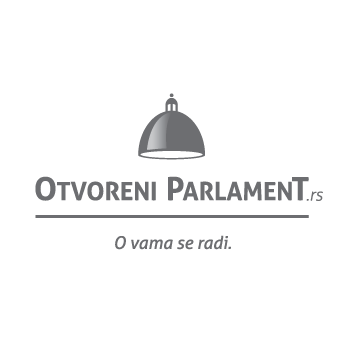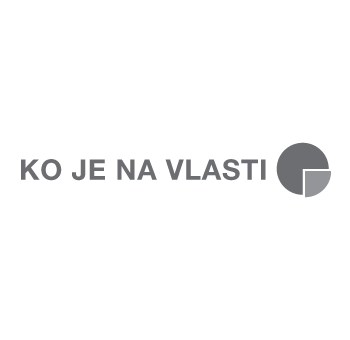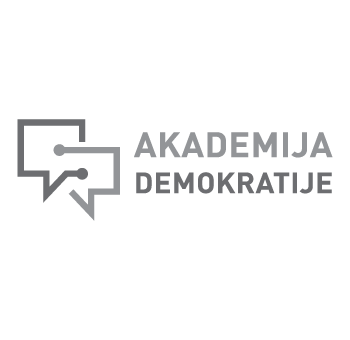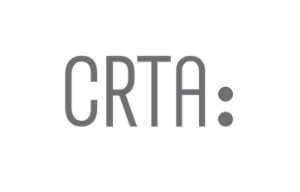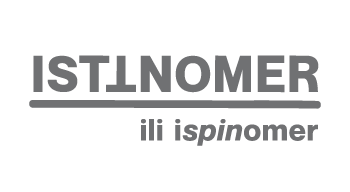A well-informed voter is not a mythical creature with quality journalism
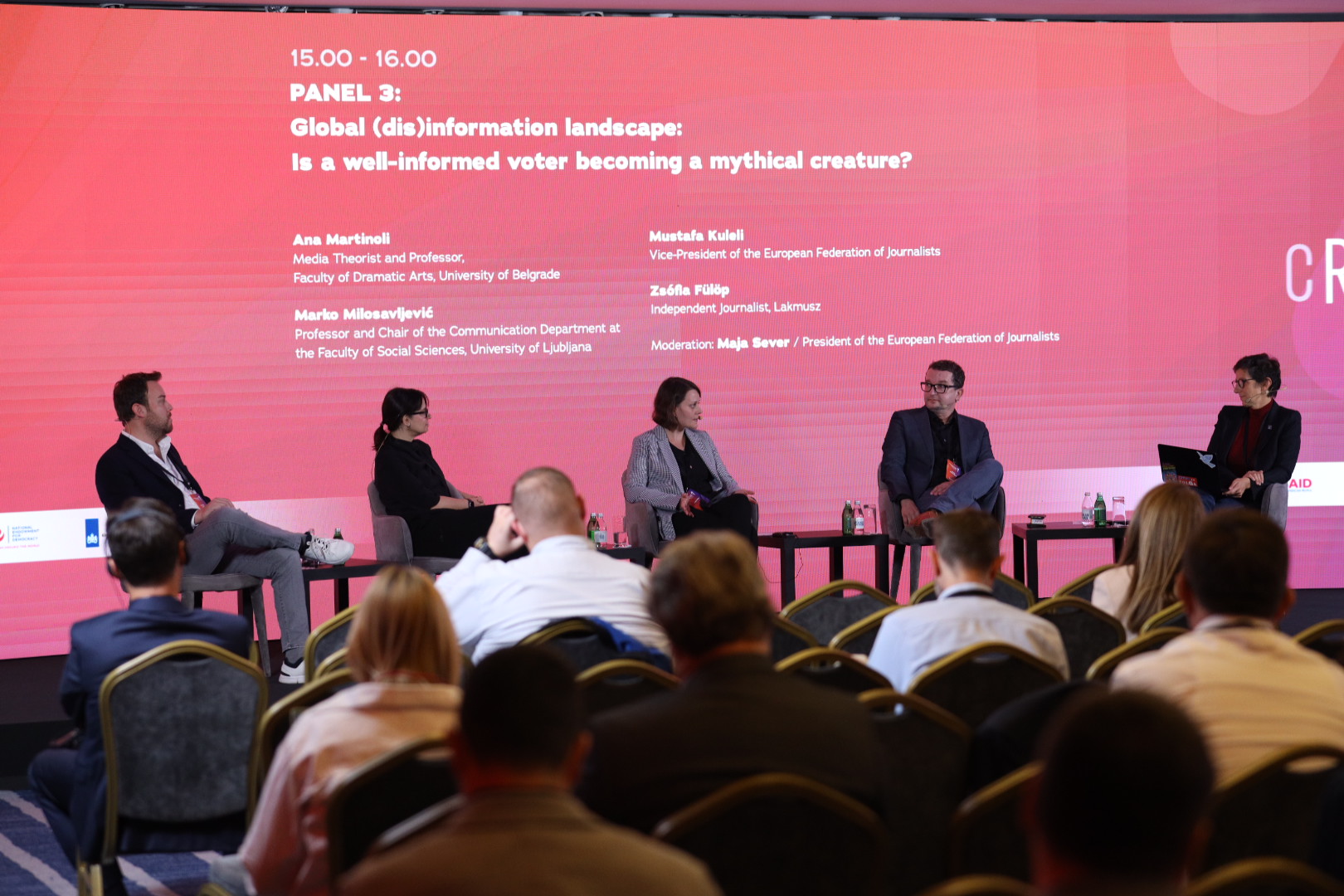 Foto – CRTA/Marko Risovic
Foto – CRTA/Marko Risovic
Traditional media still set the agenda, especially in this part of Europe, but their audience is aging, and new actors are taking over that role. Social media and big tech companies have been complicating the fight for democracy for years, without any regulation. Communication and interaction with the audience, as well as concrete measures to demonetize disinformation, can be part of the solution.
On the topic of the global (dis)information landscape and the question of whether a well-informed voter is a mythical creature, Ana Martinoli, media theorist and professor at the Faculty of Dramatic Arts in Belgrade, Marko Milosavljević, professor at the Department of Communication at the Faculty of Social Sciences in Ljubljana, Mustafa Kuleli, Vice President of the European Federation of Journalists (EFJ) and Zsófia Fülöp, journalist from the Hungarian newsroom Lakmusz, tried to provide answers.
Fülöp spoke about how a network of pro-regime influencers operates in Hungary, spreading the same false claims.
“In this large group, there are 10 or 12 main spokespersons. We have someone who is polished, elegant, talking about serious topics. We also have young, modern influencers using slang. But they all deliver the same message, only in different tones”, said the Hungarian journalist.
According to Lakmusz’s research, which analyzed 500 social media ad messages, every one of them contained false information – and a total of 500,000 euros was invested in them.
Although illustrative, the example from Hungary served to draw parallels between different markets.
“In Eastern Europe and the Balkans, the media are dominant, they set the agenda, themes and priorities, and then that spreads to social networks. The problem is that for the past 15 years, social media have been unregulated”, emphasized professor Milosavljević, recalling a case in Slovenia where it took Facebook 13 hours to remove a video of a murder.
For the younger audience and Generation Z, traditional media hold little importance, said professor Martinoli.
“The average CNN viewer is 65 years old. That is an audience that is disappearing. But as far as traditional media here are concerned, they set the agenda. Depending on which media is available to you, that’s the reality you perceive”, said Martinoli.
The speakers emphasized the special role of digital creators, who engage with current topics, debates and commentary, creating well-connected communities on YouTube or TikTok.
“YouTube creators have their communities, they create interactions, they are the future – actually, they are the present. Digital creators have their own audience, but they operate outside the regulated framework. If you’re online, why not use their reach for good”, asked Mustafa Kuleli, reminding that people primarily make emotional decisions, even when it comes to politics.
Kuleli concluded that a well-informed voter is not a mythical creature, given the existing amount of information. The issue of information and journalism will become inseparable from technology and business services of tech companies, noted Martinoli, adding that we cannot even predict what the future will look like, but journalism is needed now more than ever.
“We, as journalists, have a responsibility to contribute and provide citizens with quality information. We must listen to our audience, have more interaction with them, not just provide them with news. So they can make informed decisions, aware of the facts”, said Fülöp.
Milosavljević identified three levels of possibilities.
“On the micro level, everyone can do something small to make a difference, like what CRTA is doing. On the macro level, there are two main things. First, monetizing media, meaning accepting technological taxes on X, Meta, etc., which take money for their own benefit, without consequences. The second thing is demonetizing disinformation, at least the strategically placed ones. Whether by domestic or foreign actors, hit them where it hurts”, suggested the professor.

